LOST leaves behind a peculiar legacy: its divisive series finale left many of its most loyal fans frustrated at the perceived lack of satisfying answers to many of the show's longest-running mysteries.
But whatever your thoughts on the way it all ended, along the way, the show still gave us some truly breathtaking, mind-bending, and brazenly original moments of television - and packed each episode with an incredible amount of detail for its viewers to try and decode.
"The Constant" is one of Lost's best episodes, and one of the first to truly explore ideas of time travel. It focuses on Desmond Hume (Henry Ian Cusick), as he and Sayid Jarrah (Naveen Andrews) are transported by helicopter from the island to a freighter sitting offshore. When turbulence strikes and they stray off course, Desmond experiences a psychologically distressing condition where his consciousness jumps randomly between the events of 2004 and those occurring eight years earlier in 1996.
10 Bootstrap Paradox
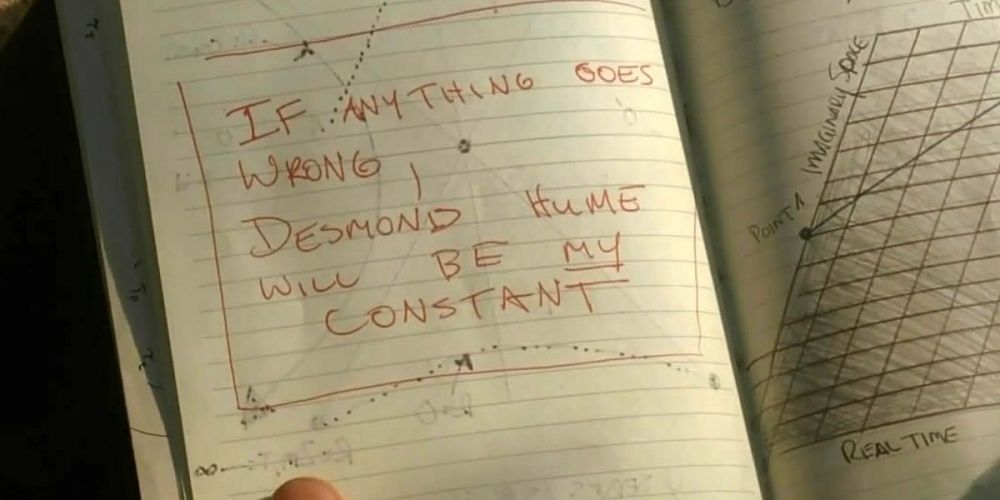
In 2004, Daniel Faraday (Jeremy Davies) tells Desmond that the next time he travels back to 1996 he should go to Oxford University and find Faraday’s younger self. 1996 Faraday tells Desmond he must find a "constant," which is someone or something that is important to him and is present in both his 1996 and 2004 timelines. If he can find a constant, his mind will be able to draw a through-line between the past and the present, reorienting his consciousness in time.
At the end of the episode, 2004 Faraday is looking through his old journal and comes across a page where he has written that, if anything goes wrong, Desmond will be his constant. This is an example of a causal loop or a “bootstrap paradox." 2004 Faraday told Desmond to visit him in the past, creating the information he now sees in the present.
9 The Faraday Constant
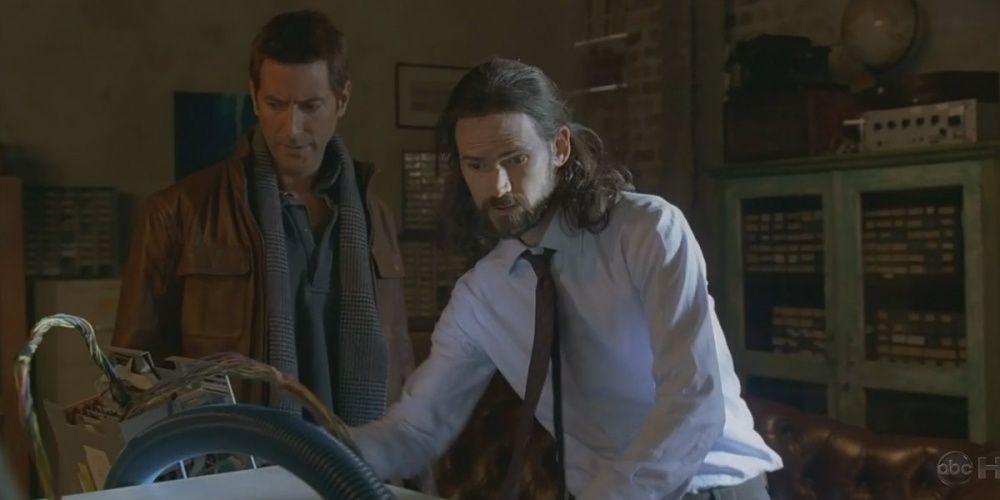
Jeremy Davies' character in LOST is named after the physicist Michael Faraday, who is famous for coming up with the "Faraday Constant." This adds an extra meta layer to the episode, considering it is Faraday who insists on Desmond finding a "constant."
In physics, Faraday's constant is used to measure the magnitude of an electric charge so it's difficult to draw any other links between it and the events of this episode. But it is an interesting little easter egg for eagle-eyed viewers.
8 Frank's Bearing

Faraday instructs helicopter pilot Frank Lapidus (Jeff Fahey) that to travel safely back to the freighter from the island (and avoid any unwanted “side effects” from the trip), he must stick religiously to a bearing of 305.
LOST is a show full of curious coincidences, and this is another one. "Lift up your eyes and look North John 3:05" was a message the mysterious Mr. Eko (Adewale Akinnuoye-Agbaje) had carved into his walking stick. After his death in the season 3 episode "I Do," John Locke (Terry O'Quinn) finds the inscription, also interpreting “305” as a bearing.
7 Slaughterhouse-Five
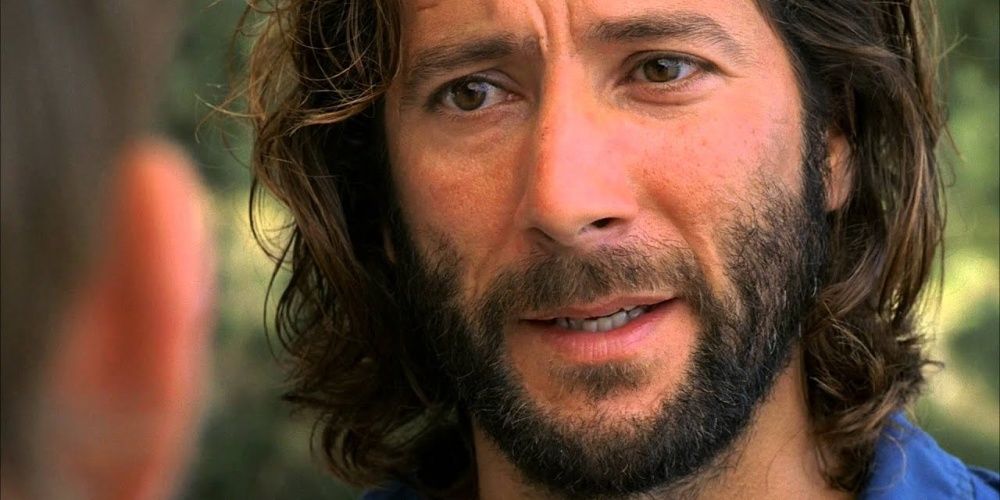
LOST episodes are packed full of literary allusions, with many of the show's characters named after important figures from literature, science, and philosophy. "The Constant" is no exception, making many direct references to the classic Kurt Vonnegut novel, Slaughterhouse-Five.
Like Desmond, the protagonist in Vonnegut's novel, Billy Pilgrim, comes "unstuck in time" and begins experiencing the events of his life out of order. Before conducting his time-travel experiment on a lab rat in 1996, Faraday even directly references Slaughterhouse-Five when he says he will "unstick" the rat in time. When Desmond is trying to explain what is happening to him to his friend in the Royal Scots Regiment in the 1996 timeline, the friend's name is Billy - a further allusion to the protagonist in Vonnegut's novel.
6 Flowers For Algernon
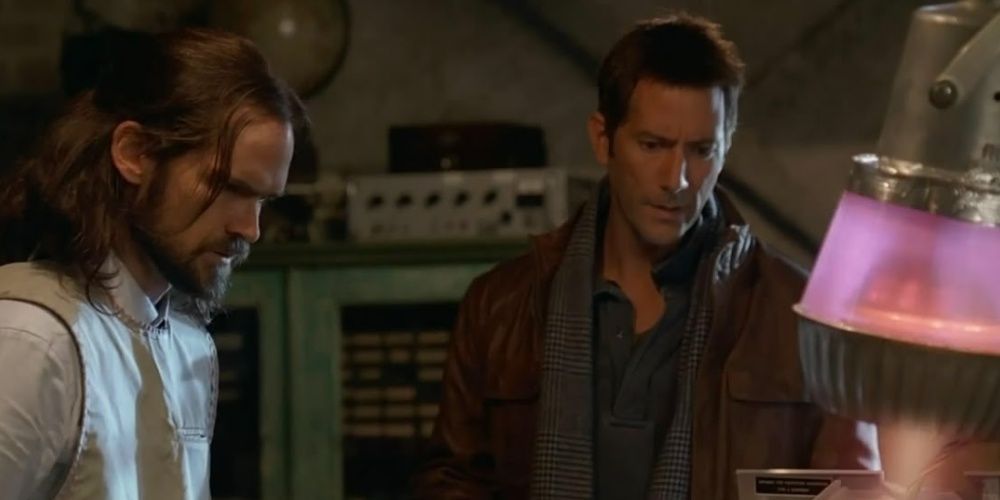
Written by Daniel Keyes, Flowers for Algernon tells the story of a disabled man who is given brain surgery to increase his intelligence. In Keyes’ novel, Algernon is a lab mouse who has also undergone a similar surgery but dies not long after, signaling that a similar fate may befall the novel's protagonist.
In "The Constant", a similar series of events occurs. When Desmond visits him in 1996, Faraday is conducting time travel experiments on a lab rat. After he successfully "unsticks" the rat in time the rat dies from a brain aneurysm, indicating that Desmond might suffer a similar fate if he is unable to locate his constant.
5 Eloise The Rat
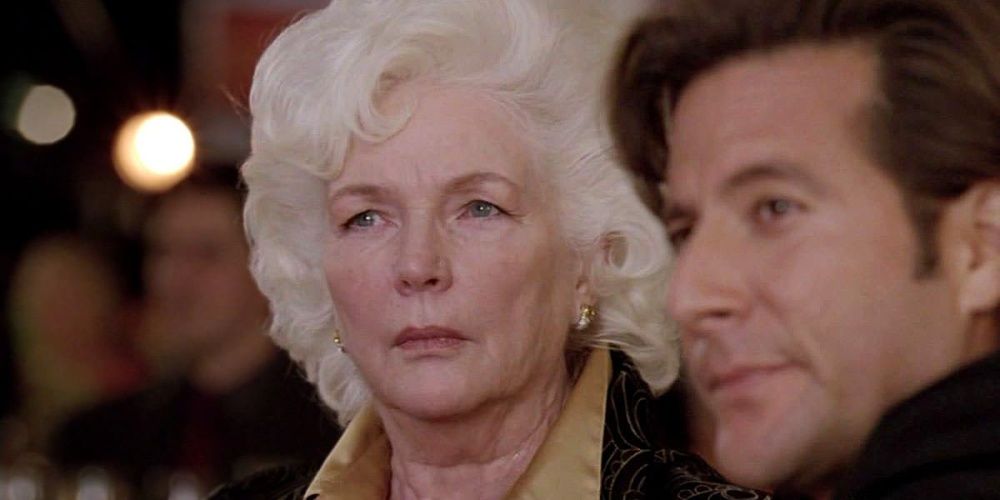
Faraday has named his lab rat "Eloise." Although we aren't fully aware of it by this point in the show, Eloise is the name of Faraday’s mother, and she has already played an important role in Desmond's life.
In the season 3 episode "Flashes Before Your Eyes," we find out what happened to Desmond following his exposure to high levels of electromagnetic radiation when the Dharma Swan Station explodes. Like the events portrayed in "The Constant," Desmond's mind is transported back in time to his life prior to arriving on the island.
When Desmond attempts to change the events of the past so that he never traveled to the island in the first place, he is visited by a mysterious woman who seems to somehow understand what is happening to him. She explains that he is fated to end up on the island and no matter what he does to try and avoid it, the universe will inevitably find a way to "course correct." It's not until the season 5 episode "This Place is Death" that we realize the woman was Eloise Hawking, Faraday's mother.
4 The Black Rock

After leaving Faraday at Oxford in 1996, Desmond goes in search of Penny Widmore (Sonya Walger). Penny is the love of his life, and Desmond believes that she can act as his constant in both timelines. They are estranged from one another in 1996, and in order to find her Desmond must go through her father, Charles Widmore (Alan Dale).
When Desmond finds Charles Widmore, he is at an auction house, bidding on a journal that belonged to the first mate of a 19th-century sailing ship called the Black Rock. Viewers will recognize the painting as the same Black Rock that the survivors of flight 815 found shipwrecked itself far inland on the island.
3 Owner Of The Black Rock Ledger
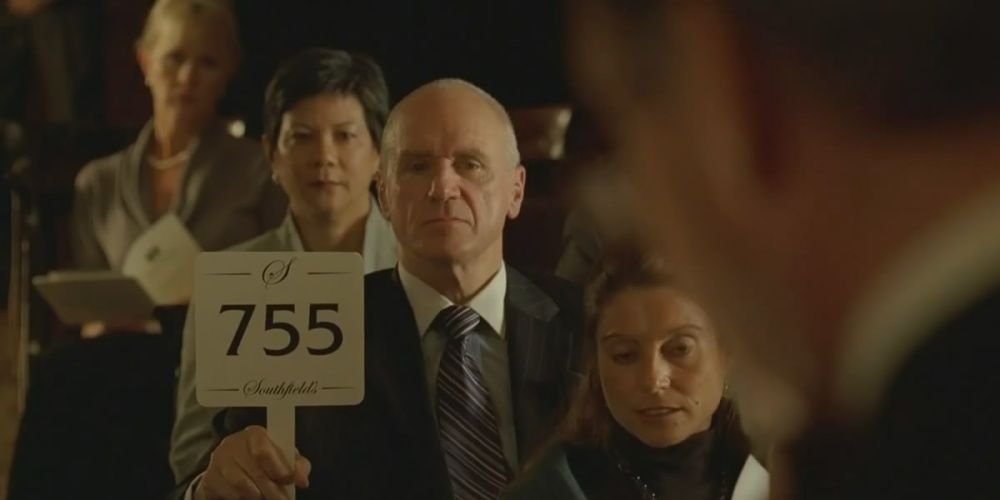
While many viewers may have picked up on the fact that the ship in question was the Black Rock, a detail many might have missed was the name of the journal's owner: Tovard Hanso. He is a relative of the Black Rock's original captain, Magnus Hanso, who was on board the Black Rock when it shipwrecked and is buried on the island.
In the season 2 episode "Lockdown," when John Locke discovers a map of the island drawn on the back of one of the blast doors, there is a label for the "final resting place of Magnus Hanso" at the bottom right.
2 Equations On The Blackboard

When Desmond visits Faraday's lab at Oxford, there are a series of equations written on his blackboard. An interesting piece of trivia is that the LOST showrunners hired a physicist to write out the equations in order to lend scientific authenticity to the episode.
Eagle-eyed viewers will notice equations relating to quantum mechanics and space-time, including Schrodinger's equation for the time evolution of a wave function and the Kerr metric.
1 Numbers
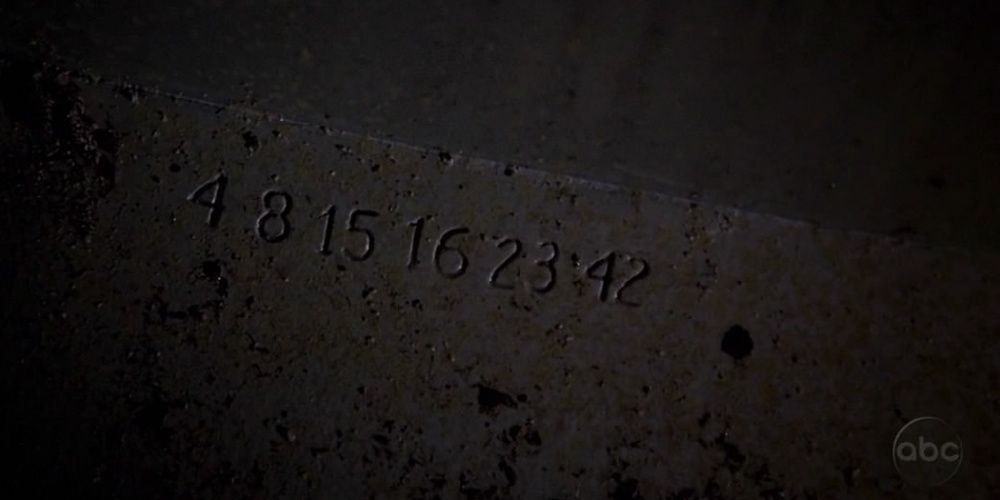
No discussion of any LOST episode is complete without mentioning all the times the show's famous numbers (4, 8, 15, 16, 23, and 42) have appeared.
Once you're aware of them, combinations of them show up everywhere: from the lot number of the Black Rock ledger Charles Widmore bids on (2342) to the text written on the tail of Lapidus' helicopter (N842M) to Penny Widmore's London address in 1996 (423 Cheyne Walk).
They are even present in the message Desmond gives to the younger Faraday. In 2004, Faraday tells Desmond to tell his past self to set the machine he is using for his experiment to ".2342". Not only is this a reference to the numbers, but it is another causal loop: through Desmond, future Faraday sends a message to his past self so that he will know the information in the future in order to be able to send it to himself in the past again. Brain hurting yet? Just wait until season 5.
from ScreenRant - Feed https://ift.tt/2vkq3Lw





No comments: